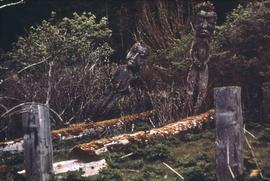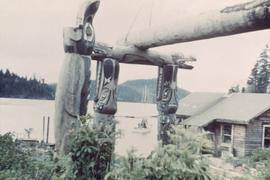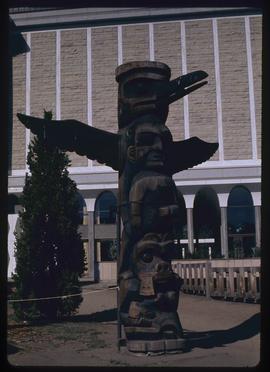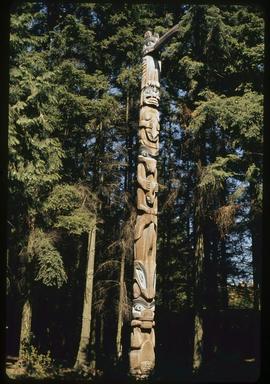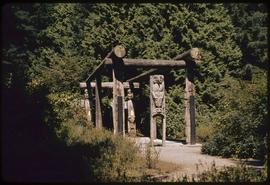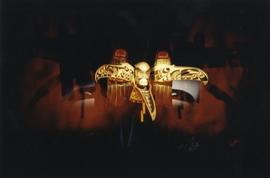Item consists of a recording of Learning Kwak'wala: Book 7 This One That One, and it features Agnes Cranmer, Margaret Cook, and Jay Powell engaging in vocabulary and grammar exercises in the workbook, Jay Powell asks the questions in English and Agnes Cranmer and Margaret Cook give the response in Kwak’wala; Side A: pages 26-40, starts with exercises for buying something that is or is not in sight, and continues with who something is for when they are or are not present, the grammar for doing something and the subject is either present or absent, past tense forms, future tense forms, pointer words, action words without objects, and action words that take objects; Side B: pages 40-57, continues past tense exercises on page 40, and covers how to say and adjective does not apply to someone, when someone is not doing something, the words for very and really, positive and negative answer patterns, grammar to ask what someone is doing, and what someone did in the past. Recorded on both sides.

![Carving totem, inside end of bighouse [Alert Bay]](/uploads/r/null/7/f/c/7fc0235c7a23cbba1c020e28c28c53371d984a76729c03ea190ffb32e7bad8f5/a033112c_142.jpg)
